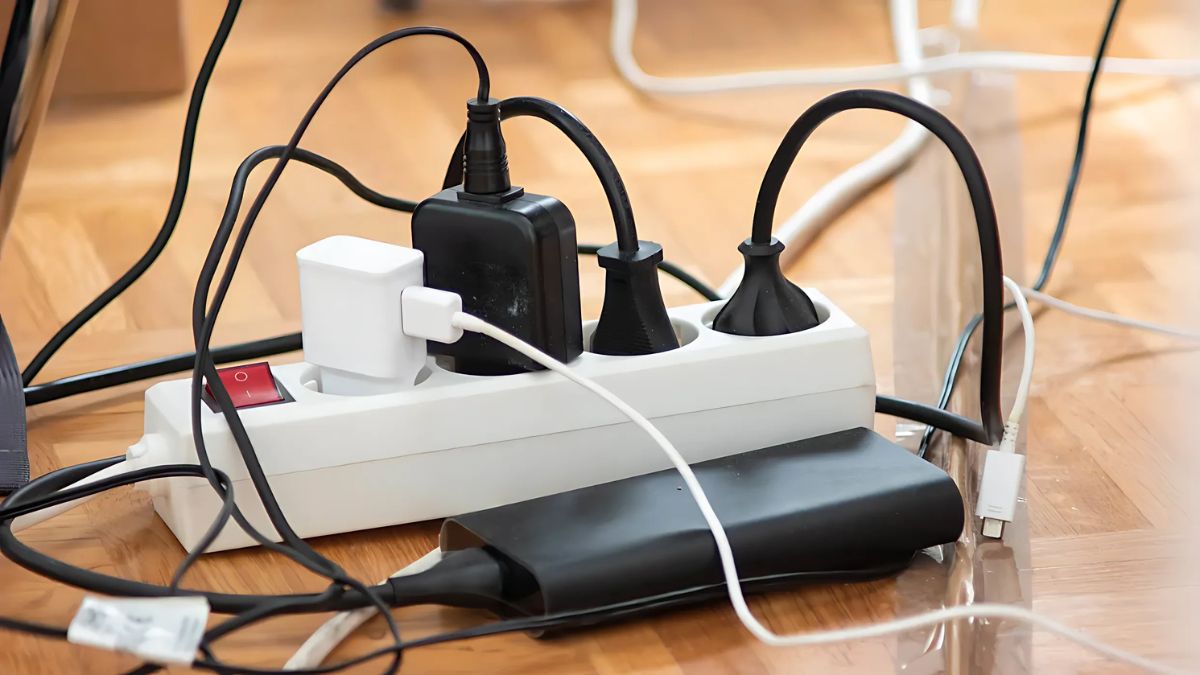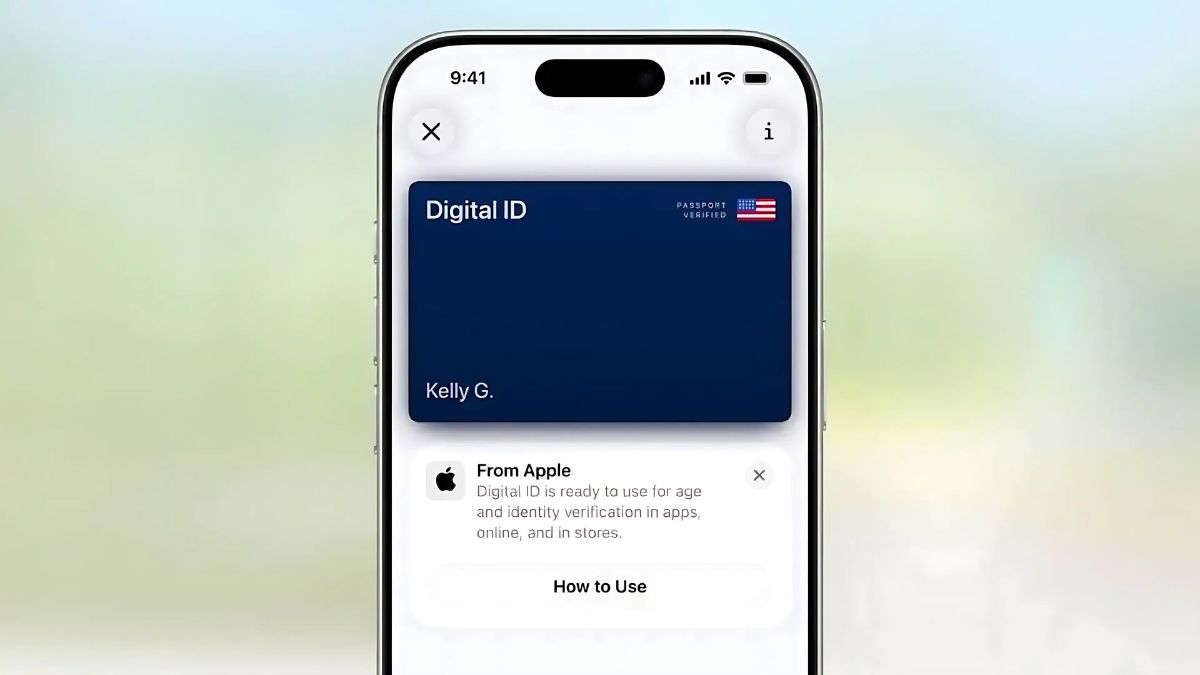Two Canadian men with severe spinal cord injuries are now able to move a computer cursor just by thinking—thanks to a brain implant developed by Elon Musk’s company, Neuralink. This is part of the company’s first human clinical trial outside the U.S., bringing futuristic brain-computer interface (BCI) technology to Canadian soil.
The men, both in their early 30s and living with quadriplegia, underwent successful surgeries in late August and early September at Toronto Western Hospital. The operations were led by Dr. Andres Lozano, a neurosurgeon with the University Health Network, who said the results were almost immediate.
Implant
Each patient received a Neuralink implant directly into the motor cortex—the part of the brain responsible for movement. Electrodes placed in the brain detect neural signals, which are then translated by artificial intelligence into commands on a digital screen.
In simpler terms: the patient thinks about moving a cursor, and the cursor moves.
According to Dr. Lozano, the results were surprisingly fast. The first patient was able to control the cursor within minutes after surgery. No physical therapy or adjustment period was required—the connection between thought and digital action was almost instant.
Recovery
Both patients were discharged the morning after their respective procedures—one on August 28 and the other on September 4. Recovery so far appears smooth, but they will be closely monitored for at least a year.
Read Also- Blood Pressure Guidelines 2025 – American Heart Association Updates, Here’s What’s New
The medical team is on alert for potential complications like infection, seizures, or stroke. While the short-term results are promising, the goal is to confirm whether the device is both safe and beneficial over time.
If successful, the trial may expand to include four additional Canadian participants with either spinal cord injuries or ALS.
Hope
While this kind of brain-computer interface technology feels revolutionary, experts caution against getting too excited—at least, not yet.
Barry Munro, a longtime quadriplegic and head of the Canadian Spinal Research Organization, supports the research but encourages what he calls “educated hope.” Munro, who has worked with Neuralink’s U.S. recruitment efforts, points out that the first human patient had early issues with the implant slipping out of place—though those problems were eventually stabilized.
His message? Be excited, but stay realistic. Neuralink isn’t a cure, and it won’t be available to the public any time soon.
Technology
Neuralink isn’t the only company in this space. Other firms, like New York-based Synchron, are also testing brain-computer interface technology for paralyzed patients. But Neuralink’s version is wireless, implanted directly into the brain, and aims to deliver a smoother, more intuitive experience.
In the current trial phase, the implant functions like a hands-free mouse, letting patients play video games and navigate a computer interface. But the vision for the future goes far beyond that.
Dr. Lozano imagines a world where the same implant could eventually allow users to drive cars, wheelchairs, or even robots—using nothing but thought.
Future
So, what’s next? Over the coming months, these Canadian patients will train to use the implant for more complex tasks, like typing. The research team will continue tracking both safety and how much the device improves quality of life.
Here’s a quick look at the Neuralink trial details so far:
| Trial Details | Information |
|---|---|
| Patients | 2 Canadian men (quadriplegic) |
| Device | Neuralink brain implant |
| Purpose | Control digital devices via thought |
| First Use | Cursor control within minutes |
| Hospital | Toronto Western |
| Lead Surgeon | Dr. Andres Lozano |
| Monitoring Period | At least 1 year |
| Future Use | Typing, games, possibly driving tools |
While it’s still early days, these breakthroughs hint at a new kind of freedom for people living with paralysis. The ability to interact with the digital world through pure thought could change not just how we live—but who gets to participate.
FAQs
What does Neuralink help patients do?
It lets paralyzed users control a computer with their thoughts.
Where were the surgeries performed?
At Toronto Western Hospital in Canada.
Is the Neuralink device wireless?
Yes, it uses wireless technology to transmit brain signals.
Are there risks with the implant?
Yes, risks include stroke, infection, or seizures.
Can Neuralink help with ALS?
Yes, the trial may include ALS patients next.



















